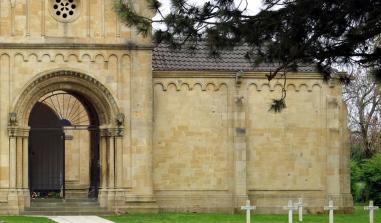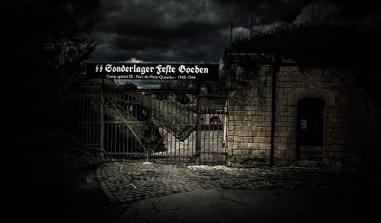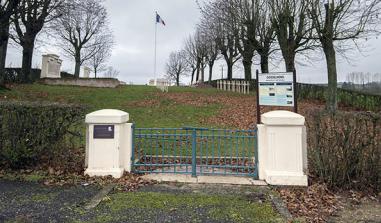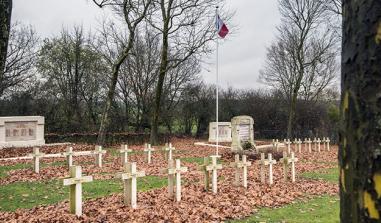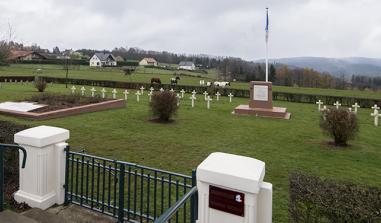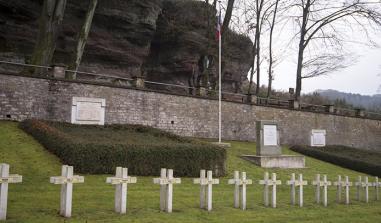Riche National Cemetery
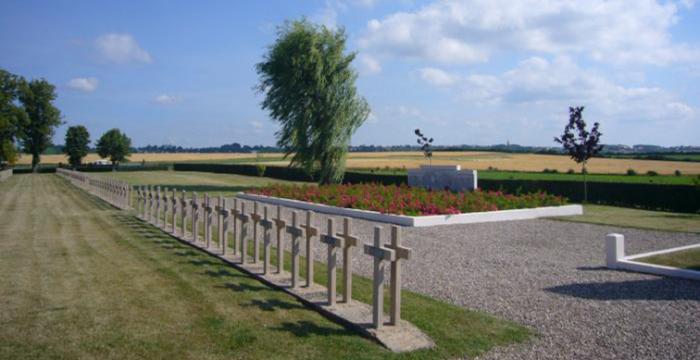
Riche National Cemetery. Source: MINDEF/SGA/DMPA/ONACVG
Click here to view the cemetery's information panel 
Three kilometres south of Morhange, on the site of the positions formerly held by the men of 37th RI and the 4th BCP, Riche National Cemetery holds the remains of soldiers who died for France in August 1914 during the Battle of the Frontiers. Established after the battles, the cemetery holds the remains recovered from isolated graves in neighbouring towns, mainly Morhange and Achain. It was inaugurated in 1924 to mark the tenth anniversary of these battles. Covering 12 990 sqm, the cemetery holds the remains of nearly 2 500 French soldiers, including over 1 000 in the two ossuaries, together with 158 Russian soldiers.
Battle of Morhange, Battle of the Frontiers, 19-20 August 1914
At the end of the Franco-Prussian War (1870-71), the borders were redrawn. Morhange was now occupied by the Germans.
On 1 August 1914, German troops deployed a broad outflanking movement through “neutral” Belgium, to surround the French army. Putting Plan XVII into practice, General Joffre chose to force his way through enemy lines in Alsace and Lorraine, in order to take back the departments lost following the defeat of 1871.
In Lorraine, on 14 August 1914, the French Second Army crossed the border and advanced towards Morhange. Making rapid progress, on 18 August the French reached the town of Dieuze. On the 19th, they made contact with Crown Prince Rupprecht of Bavaria’s 6th Army.
In a commanding position and equipped with considerable heavy field artillery, the enemy, caught in an ambush, harried the French 11th Infantry Division, nicknamed the “Iron Division”. Sitting targets, they were pinned to the spot and quickly overwhelmed. Fighting hand to hand to hold their position, the French soldiers were forced to beat a hasty retreat, abandoning nearly 7 000 dead and 10 000 wounded on the battlefield. On the evening of 20 August, the French offensive was crushed. Harassed, the French retreated towards Grand Couronné, near Nancy, where the fate of French Lorraine would be decided in September 1914.
The German army’s success was unequivocal. On the French side was surprise and disillusionment. Devised and extolled on the eve of the war, the doctrine of all-out attack proved ill-suited to the realities of the campaign of summer 1914.
Yet the German victory was not absolute. Not only had the French offensive held enemy troops in Lorraine who should have been deployed to the west for the march on Paris, but the French had made an orderly retreat. They had lost little territory and held onto Nancy. The front stood still. Joffre ordered his troops to retreat to the Marne, where they would muster the moral and physical resources to resume the offensive. The Battle of the Marne was to be the first French victory of the First World War. At the end of 1914, the front became stabilised along the Moselle and Meurthe-et-Moselle rivers.
The Riche cemetery
Four days after this violent fighting, civilians were requisitioned by the Germans to gather up the bodies, which were deteriorating rapidly in the heat. It was a grim task and the civilians buried the remains hastily in mass graves, topped with a spiked helmet for the Germans and a kepi for the French. Today, the local population remains attached to the memory of this tragic episode, and every year a commemorative ceremony is held.
Built in 1924 by the Friends of the Veterans of the 37th Infantry Regiment, a regimental monument honours the memory of the French soldiers killed in Lorraine, and in particular those of the 37th RI, who had their baptism of fire at Riche. This monument and ossuary contains the remains of 15 soldiers, mostly of the 37th RI. Designed by architect Marchal, it was donated by the Gardeur family, whose son is one of those buried beneath it.
Among those buried here is Second Lieutenant de Castelnau (grave 969), whose father, General de Castelnau, commanded the operations around Morhange.
Riche National Cemetery. © Guillaume Pichard
Riche National Cemetery. © Guillaume Pichard
Riche National Cemetery. © Guillaume Pichard
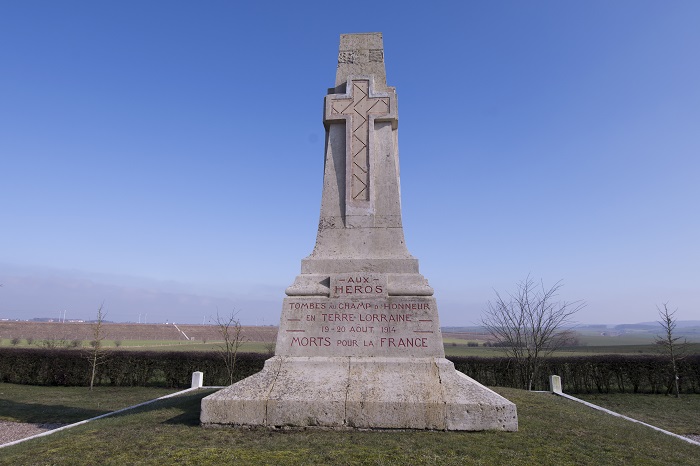
Riche National Cemetery. © Palmesani
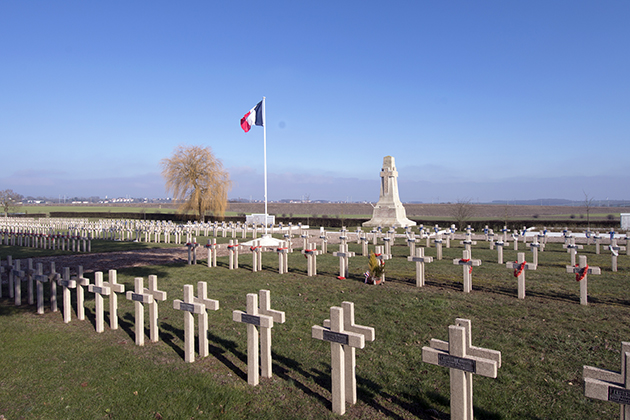
Riche National Cemetery. © Palmesani
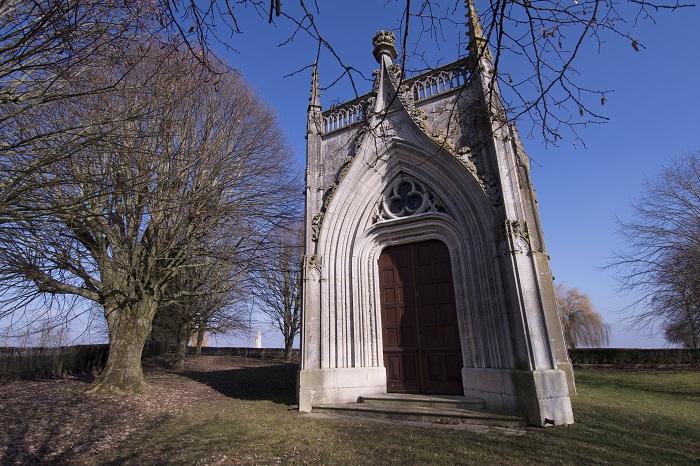
Riche National Cemetery. © Palmesani
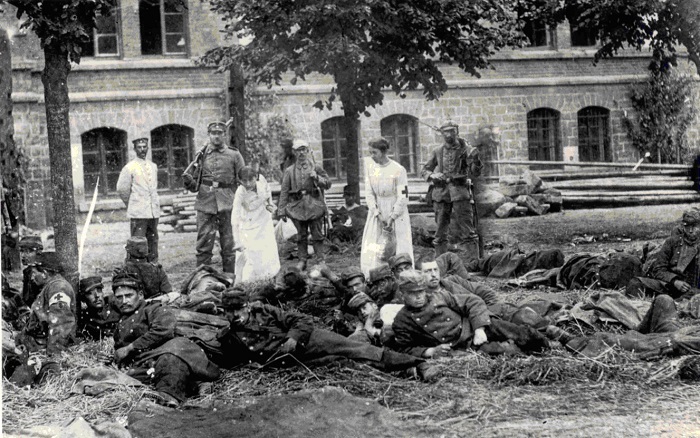
French soldiers captured by the German army during the Battle of Morhange. © Rights reserved
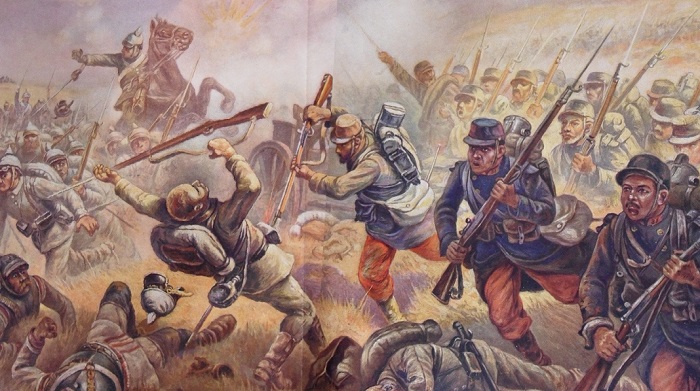
Scene of fighting at Morhange. Engraving taken from the newspaper Le Panorama de la Guerre. © Rights reserved
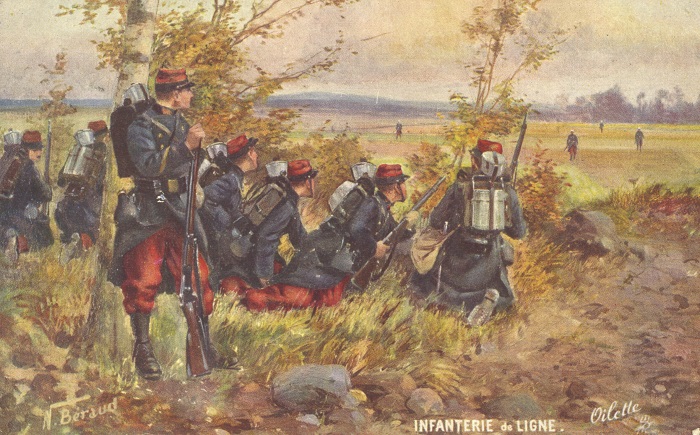
French infantrymen in position in a field. Sitting targets for the enemy, French soldiers in their bright red trousers and blue coats stop in the middle of a field. © Private collection / FBN / DR
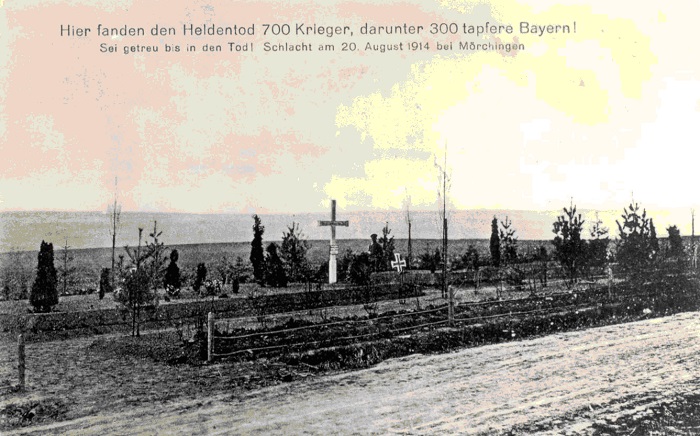
Temporary German cemetery in Morhange. © Rights reserved
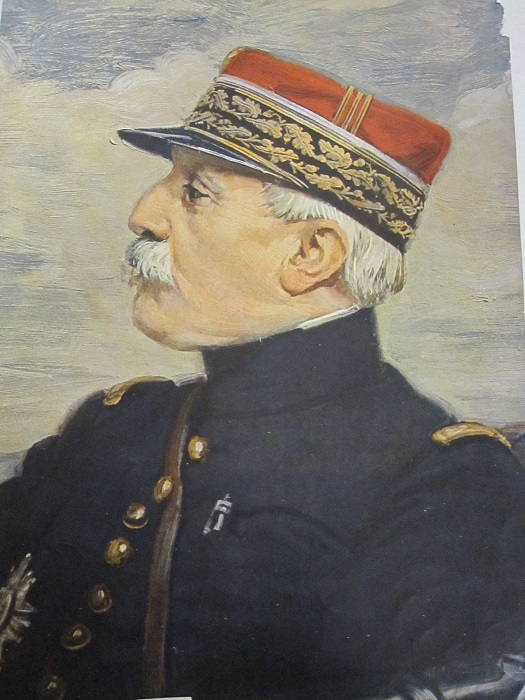
Portrait of General de Curières de Castelnau. A brilliant officer, the most accomplished of his generation, as commander of the French Second Army, General de Curières de Castelnau led the Saar Offensive, then distinguished himself in September 1914 at Charmes and Grand Couronné, Nancy. © Rights reserved
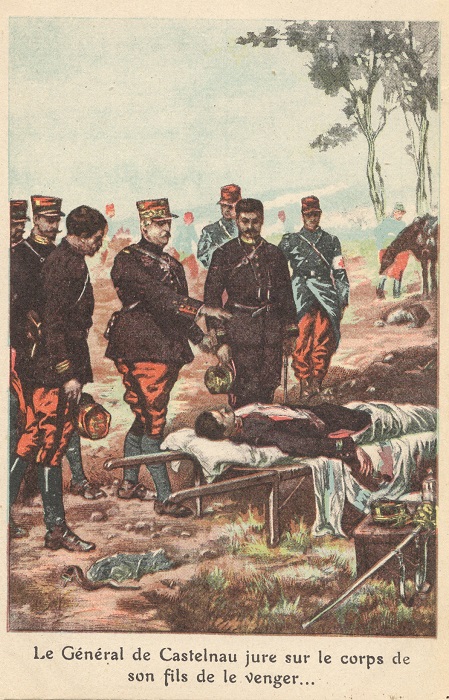
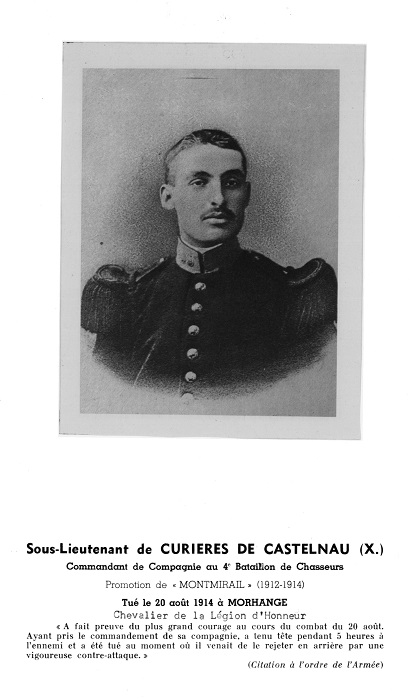
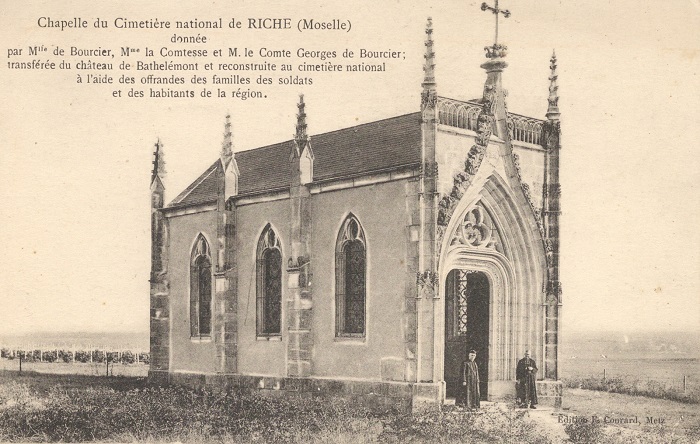
Practical information
Riche
Summary
South of Morhange
Ossuaries (3) :1 088 + an indeterminate number of Russians
158 Russians
Eléments remarquables
Read more
Read more
Meurthe-et-Moselle tourisme
14, rue Louis Majorelle
54000 Nancy
+33 (0)3 83 94 51 90 - www.tourisme-meurtheetmoselle.fr


